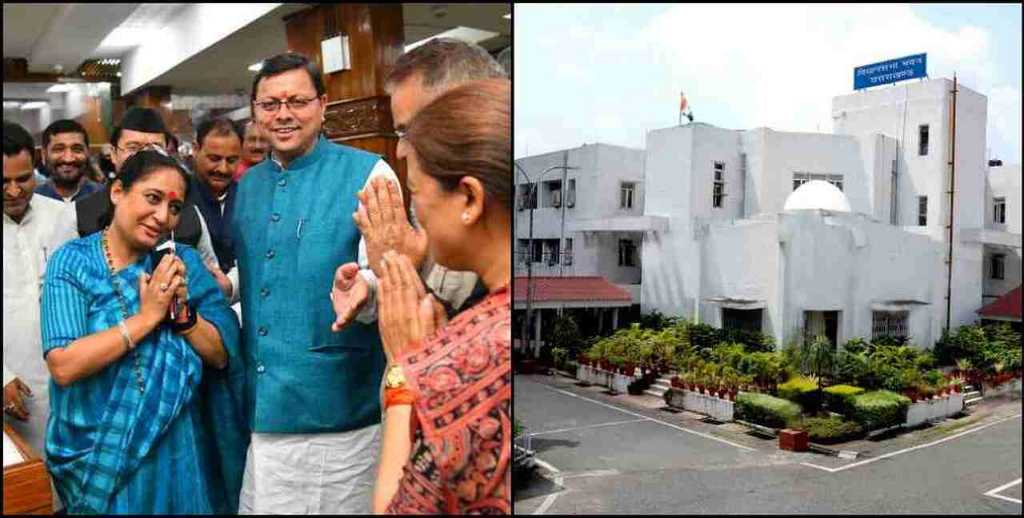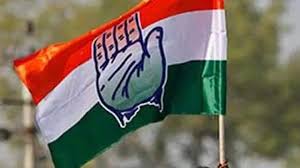Uttarakhand: In the last 11 years, 9 assembly sessions were held for 33 days, on an average, the proceedings could last for only 3 days

a
In the sixth decade of the last century, the Peshawar hero freedom fighter Virchandra Singh Garhwali had demanded from the then Prime Minister Jawaharlal Nehru to make the Doodhatoli region, which is called the Pamir of Uttarakhand, the capital of the hilly areas of Uttar Pradesh state. The current summer capital area of the same Doodhatoli, Gairsain, has become a thorn in the neck of political parties, for which the demand for a permanent capital has been made.
The assembly complex Bhararisain, located at an altitude of 5410 feet, is located on the eastern end of the Doodhatoli mountain ranges in the central Himalayan region. From where National Highway 109 connecting Badrinath and Nainital passes. The Doodhatoli region, rich in natural resources, is the origin of perennial rivers like Ramganga and Aatagarh (Chamoli), Binola (Almora) and Eastern Nayar and Western Nayar (Pauri).
Talking about the formation of Uttarakhand state, after long movements and sacrifices, in the year 2000, BJP’s Atal Bihari government at the center created Uttarakhand state, but instead of announcing a permanent capital, it handed over the matter to the commission. After going through a lot of political upheaval, Vijay Bahuguna government brought Gairsain back in the news by organizing a cabinet meeting in 2012. After which, in 2014, the assembly session and the foundation stone of the assembly building was laid by putting up a tent. In 2015, the foundation stone of the assembly building was laid on 47 acres of land of the Animal Husbandry Department located at Bhararisain.
Since then, Gairsain has become a thorn in the neck for both the major political parties, BJP and Congress. Claims were made to make Gairsain the permanent capital, but the governments failed to take a decision. After which, on 4 March 2020, the Trivendra government announced to make Gairsain the summer capital, keeping a proposed budget of Rs 25 thousand crore and said that it is a step towards the permanent capital. But even after 5 years, neither there was any talk on the proposed budget nor any blueprint for the development of the assembly area was drawn.
In Gairsain, which has become a noose around the neck of political parties, the number of total 9 legislative sessions held in the last 11 years has been only 33 days. Due to which till now the government has stayed in the summer capital Gairsain for an average of three days every year. Since 2014, a session of two to four days has been organized every year. But in 2022, the Dhami government did not organize any session by staying away from Gairsain. After which, due to the displeasure of the public and the pressure of the opposition, a 4-day session was organized in 2023. But in 2024, once again, by making an excuse of cold, the budget session was postponed and distance was maintained from Gairsain. After which, seeing the public pressure, the monsoon session was organized from 21 to 23 August last year as well.
Regarding Gairsain as the summer capital, KS Bisht, an expert on the Constitution and President of the Gairsain Bar Association, says that after declaring Gairsain as the summer capital, the government should sit in Gairsain for 6 months every year. But by organizing a session of 2, 4 days, the formality is being fulfilled. Narayan Singh Bisht, President of the Permanent Capital Struggle Committee, says that the government does not have money for development schemes. In such a situation, instead of bearing the expenses of two capitals, Gairsain should be immediately declared as the permanent capital and the foundation of the development of the mountains should be laid.
The government sits in Gairsain for an average of 3 days every year: In these 11 years, 3 assembly sessions have been organized in the Congress government and 6 in the BJP government. In which, after the 19-day budget session in BJP’s Trivendra Rawat government, the session has been held for 4 days in Harish Rawat government, 3 days in Bahuguna government and 7 days twice in Dhami government.
Date of assembly sessions till now: 3 days from 9 June 2014, 2 days from 2 November 2015, 2 days from 17 November 2016, 2 days from 7 December 2017, 6 days from 20 March 2018, 5 days from 3 March 2020, 6 days from 1 March 2021, 4 days from 13 March 2023 and 3 days from 21 August 2024.






